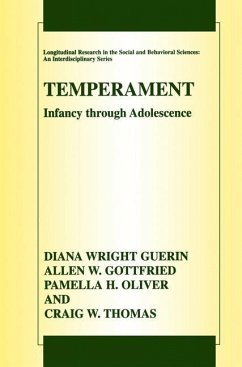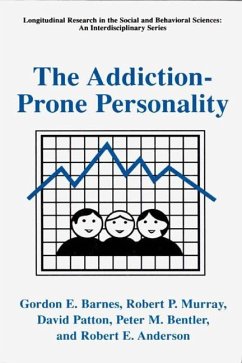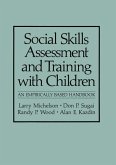"Your good nature will bring you much happiness." -Peking Noodle Co. We began this book with the belief that there are individual differences in tempera ment that impact the trajectory of the course of development. At a particular point in time, the impact may be small, but over time the effect of these small tweaks may come to be associated with significant and meaningful differences in our indi vidual destinations. In this book, we examined the relations between temperament and various domains of development as well as the home and family environ ment to document the short- and long-term sequelae of various temperamental characteristics to test this belief. It takes a certain temperamental profile to complete a collaborative longitu dinal research project spanning two decades. Especially during the project's early years, when we were directly assessing the development of over 100 children twice yearly and visiting their homes, high activity level was required. Our biological rhythms were constantly disrupted as we worked to complete data coding (we used punch cards then!) and checking before the next wave of assessments began. We learned to approach new problems and tasks with intensity, to be adaptable when appointments had to be rescheduled, to be sensitive to changes in our study families' situations, and that a positive mood is essential. We were not easily distracted from our goal of following the study participants through high school completion, and our persistence has made all the difference.
Bitte wählen Sie Ihr Anliegen aus.
Rechnungen
Retourenschein anfordern
Bestellstatus
Storno








